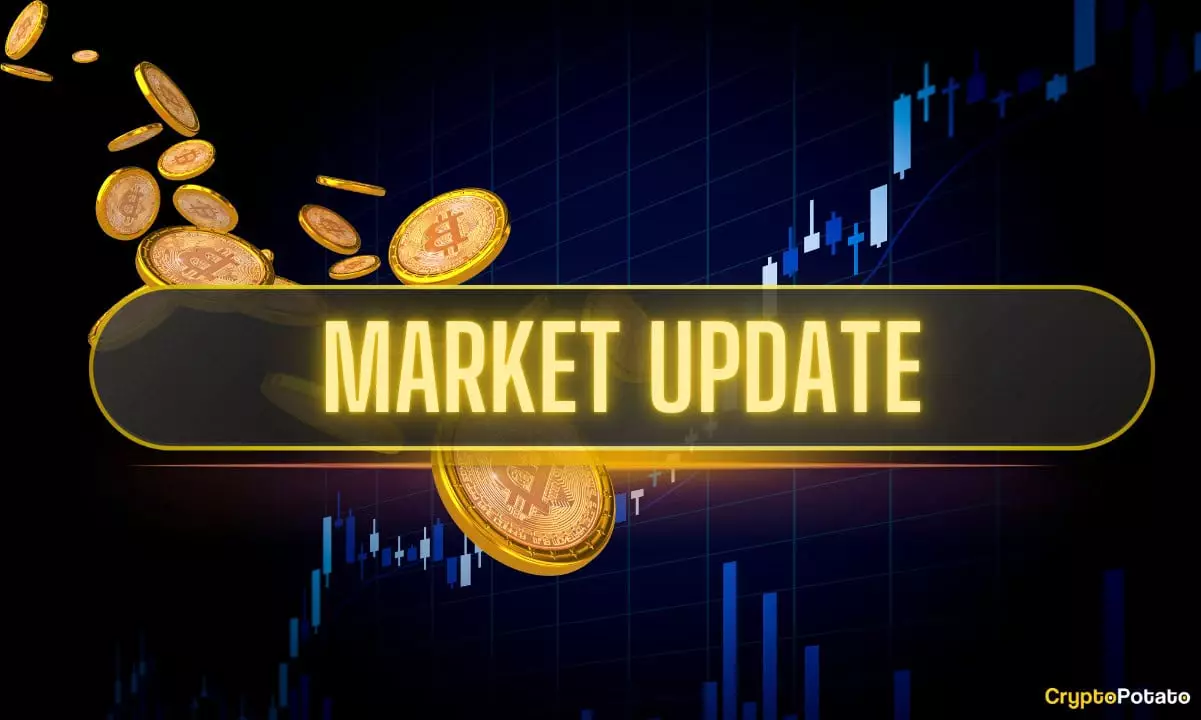Financial markets recently experienced a tumultuous wave, with cryptocurrency assets playing a pivotal role in the upheaval. While the narrative spotlight often shines on bullish surges and record-breaking highs, a closer look reveals a fragile veneer hiding deeper vulnerabilities. Bitcoin, the flagship digital asset, flirted with significant resistance levels, yet its recent performance suggests a market that is grappling with latent instability rather than genuine growth. The impressive rally to nearly $118,000 was met with swift resistance, highlighting that bullish momentum is more fragile than it appears. In reality, these figures—though impressive—are shadows cast by external stimuli, notably the Federal Reserve’s rate cut, which, while seemingly bullish, masks broader concerns about economic overstimulation and inflationary pressures.
The overarching illusion is that the crypto sector is steering toward a robust upward trajectory. Yet, the truth is far more nuanced. Market analysts have pointed out that Bitcoin’s current plateau might be a false top, echoing past cycles where temporary peaks foreshadow significant corrections. This stagnation—paired with inflows into certain altcoins like Binance Coin and the explosive gains of others like Avalanche—suggests a growing divergence within the crypto spectrum. The market’s focus is shifting from sustained, fundamental progress to speculative fervor fueled by macroeconomic policies and geopolitical uncertainties.
The Federal Reserve’s Role: Catalyst or Catalyst for Crisis?
The Federal Reserve’s decision to cut interest rates in early 2025 seemed, at first glance, a catalyst boosting crypto enthusiasm. However, a critical perspective raises questions about whether this move merely inflates asset prices rather than fostering genuine economic stability. For years, central banks worldwide have relied on cheap money to sustain markets, creating an artificial environment where risk-taking is encouraged but ultimately unsustainable.
This strategy, visibly evident in Bitcoin’s recent behavior, underscores a pivotal concern: Are cryptocurrencies truly maturing as a safe haven, or are they just riding the coattails of reckless monetary easing? While figures like former BitMEX CEO Arthur Hayes project optimistic scenarios of Bitcoin hitting $1 million, these predictions often overlook the structural risks lurking beneath superficial market strength. Such narratives tend to gloss over the potential for a sudden correction once the liquidity tide recedes or inflationary pressures intensify.
In this context, the role of the Federal Reserve appears less as a stabilizing force and more as an active participant in inflating an already overheated marketplace. The recent rate cut, amid signs of underlying economic fragility, suggests policymakers may be inadvertently creating conditions ripe for a sharp market correction—an eventuality that a prudent investor must not ignore.
Crypto’s Divergence: Safe Haven or Specter of Volatility?
Bitcoin’s recent stagnation despite rising gold prices signals an intriguing divergence. While precious metals forge new all-time highs, cryptocurrencies have paused, casting doubt on their qualification as safe havens. This dissonance highlights a critical flaw: the crypto market’s reliance on speculative momentum over intrinsic stability.
Moreover, the notion that Bitcoin’s “true top” might already be in raises serious questions. After years of exponential growth, many seasoned analysts warn of impending corrections that could wipe out gains, especially if macroeconomic conditions deteriorate. Such warnings challenge the popular narrative of crypto as a “digital gold” — a secure store of value during turbulent times.
The delays by regulators—most notably the SEC’s postponement of Bitcoin ETFs—further exacerbate uncertainty. While some altcoins like XRP and DOGE have attracted record inflows, this spike appears driven more by speculative frenzy than sustainable fundamentals. As such, the market’s recent enthusiasm risks turning sour if broader economic conditions take a turn for the worse.
Technological Progress Amidst Market Uncertainty
Despite the volatility and mixed signals, technological advancements continue to underpin the crypto ecosystem. Ethereum’s planned Fusaka upgrade, slated for a December launch, exemplifies ongoing innovation aimed at scalability and security. Such developments have the potential to strengthen the fundamentals of blockchain projects, provided they deliver on promises made.
However, these technological strides are often overshadowed by market sentiment and regulatory uncertainty. As Ethereum developers specify their development roadmaps, wider investor confidence hinges on whether these countdowns translate into tangible improvements or merely serve as marketing milestones. In the current environment, technological progress alone cannot sustain what appears to be a frothy and increasingly volatile market.
—
In a landscape dominated by sensational highs and punctuated by cautious warnings, the overarching reality emerges: the current crypto boom is far from stable. While the narrative of mainstream adoption and technological progress persists, underlying risks—potential corrections, regulatory crackdowns, and macroeconomic shocks—loom large. Investors, especially those leaning toward center-right liberal perspectives, should remain skeptical of the seemingly unstoppable rally, recognizing that sustainable growth in crypto will only come from genuine economic fundamentals, not just central bank policies or speculative hype.

